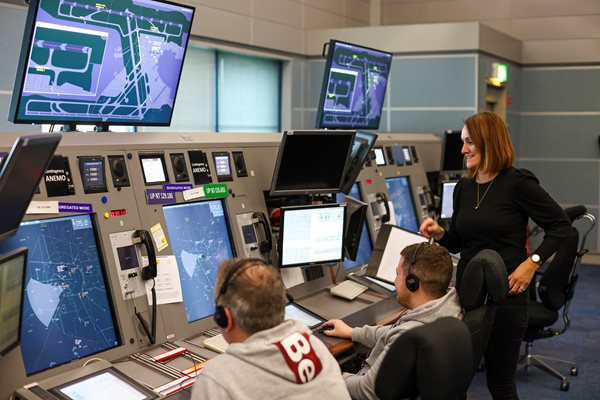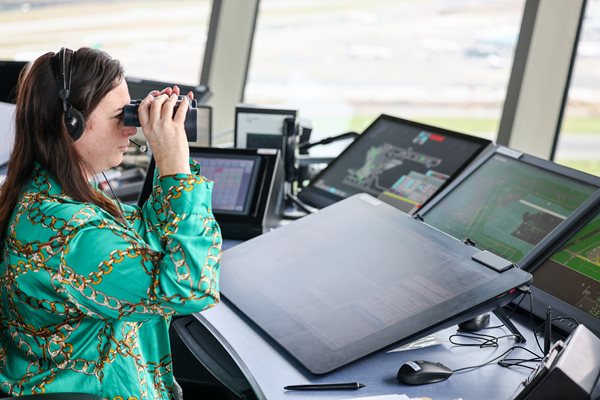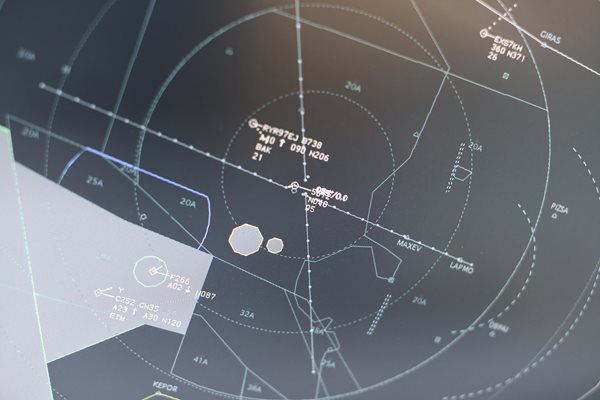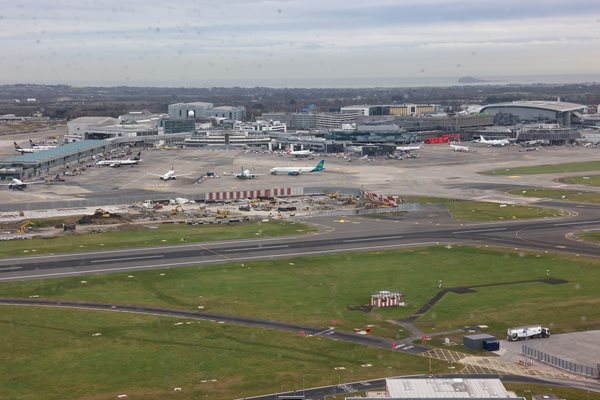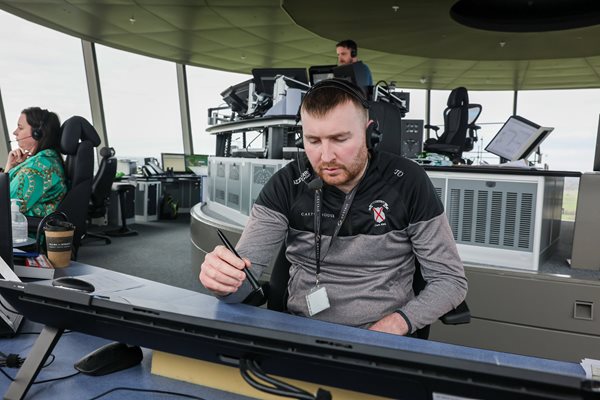Phase 1: Initial Training |
The primary purpose of initial training is to equip our ATSEPs with foundational knowledge and skills and is divided into two parts
|
Phase 2: Unit Training |
After successful completion of initial training, our ATSEPs will undergo unit training that is tailored to the specific environment in which they will operate. This phase focuses on the activities our ATSEPs will perform and covers theoretical and practical aspects from equipment-specific and/or site-specific perspectives. On-the-job training (OJT) is also included and it is in this phase that ASEP competencies are developed and assessed. |
Phase 3: Continuation Training |
The purpose of this phase is to sustain skills and readiness for system upgrades or changes. This phase encompasses various types of training such as refresher, emergency and conversion training. |
Phase 4: Development Training |
The primary objective of this phase is to cultivate new proficiencies required due to modifications or advancements in an ATSEP's job responsibilities. |
ATSEP Training Paths |
ATSEPs undergo training at various stages throughout their professional careers. Typically, they advance from the selection phase to the unit training phase and to ensure proficiency, they undergo the continuation training phase. An ATSEP will be required to undergo additional training when:
|

